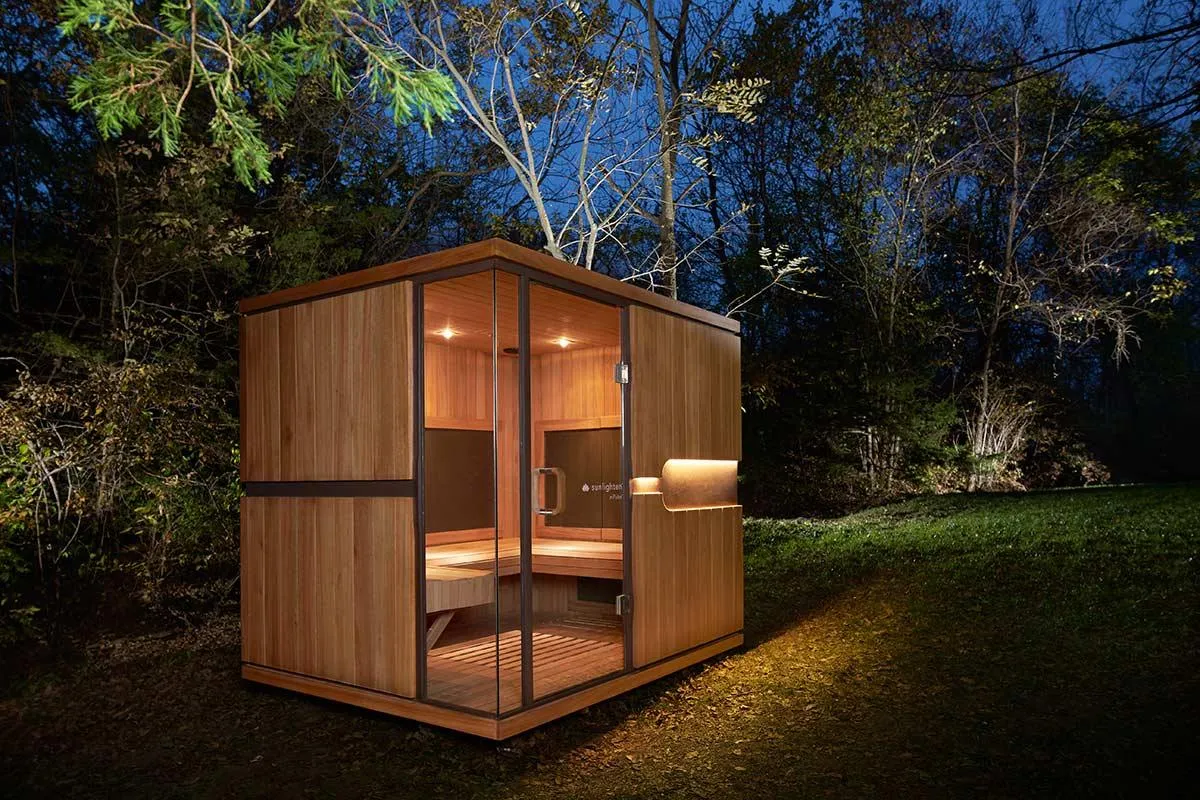
The Differences Between Infrared Saunas and Traditional Saunas
Saunas have been revered for centuries for their therapeutic benefits and relaxation properties. From the traditional wood-burning saunas of Finland to the modern infrared cabins gracing wellness centers, saunas have evolved in design and functionality. If you're considering investing in a sauna or merely curious about the differences, this guide will outline the distinct variations between infrared and traditional saunas.
Understanding Traditional Saunas
Originating from Nordic countries, traditional saunas — often referred to as Finnish saunas — rely on a heat source like wood, electricity, or gas to warm the air inside the room.
Key Features of Traditional Saunas:
Heat Source: Typically utilize rocks that are heated to high temperatures. Water can be poured on these rocks to produce steam, increasing humidity.
Temperature Range: Often operates between 150°F to 195°F.
Humidity Levels: Depending on user preference, can range from dry to high humidity (when water is added).
Warm-up Time: Takes about 30-45 minutes to reach desired temperatures.
The Infrared Revolution
Infrared saunas, a more recent innovation, utilize infrared light to heat the body directly. This light, which we feel as heat, is the same type of heat the sun produces but without harmful UV rays.
Key Features of Infrared Saunas:
Heat Source: Infrared lamps emit wavelengths that penetrate the skin, directly heating the body.
Temperature Range: Operates at a milder 100°F to 150°F.
Humidity Levels: Typically drier than traditional saunas.
Warm-up Time: Faster, often within 10-20 minutes.
Comparative Benefits
Both sauna styles offer an array of health benefits, but they do have some distinct advantages:
Traditional Saunas:
High Heat Detoxification: The high temperatures induce more profound sweating, aiding in detoxification.
Adjustable Humidity: The ability to add steam allows for respiratory benefits and skin hydration.
Cultural Experience: Provides a more authentic, centuries-old sauna experience.
Infrared Saunas:
Deep Heat Penetration: The infrared rays penetrate deeper into the skin, muscle, and joints, offering therapeutic relief.
Energy Efficiency: Typically uses less energy due to lower temperatures and faster warm-up times.
Accessible to More Users: The milder temperatures can be more tolerable for those who find traditional saunas too hot.
Choosing the Right Sauna for You
Your preference between traditional and infrared saunas might come down to your primary goals:
Detoxification and Sweating: If you're looking for an intense sweat to detoxify, a traditional sauna may be preferable.
Therapeutic Relief: For those seeking relief from muscle and joint pain, an infrared sauna's penetrating heat can be advantageous.
Cultural or Traditional Experience: Traditional saunas offer a more authentic experience reminiscent of Nordic traditions.
Energy Efficiency and Quick Use: If you're keen on a faster warm-up and energy savings, infrared saunas are ideal.
In Conclusion
Whether you gravitate towards the traditional essence of Finnish saunas or the modern allure of infrared technology, both options offer unique benefits. By understanding these differences, you can make an informed decision tailored to your wellness goals. In the end, both sauna types provide a sanctuary of warmth and relaxation that stands the test of time.





